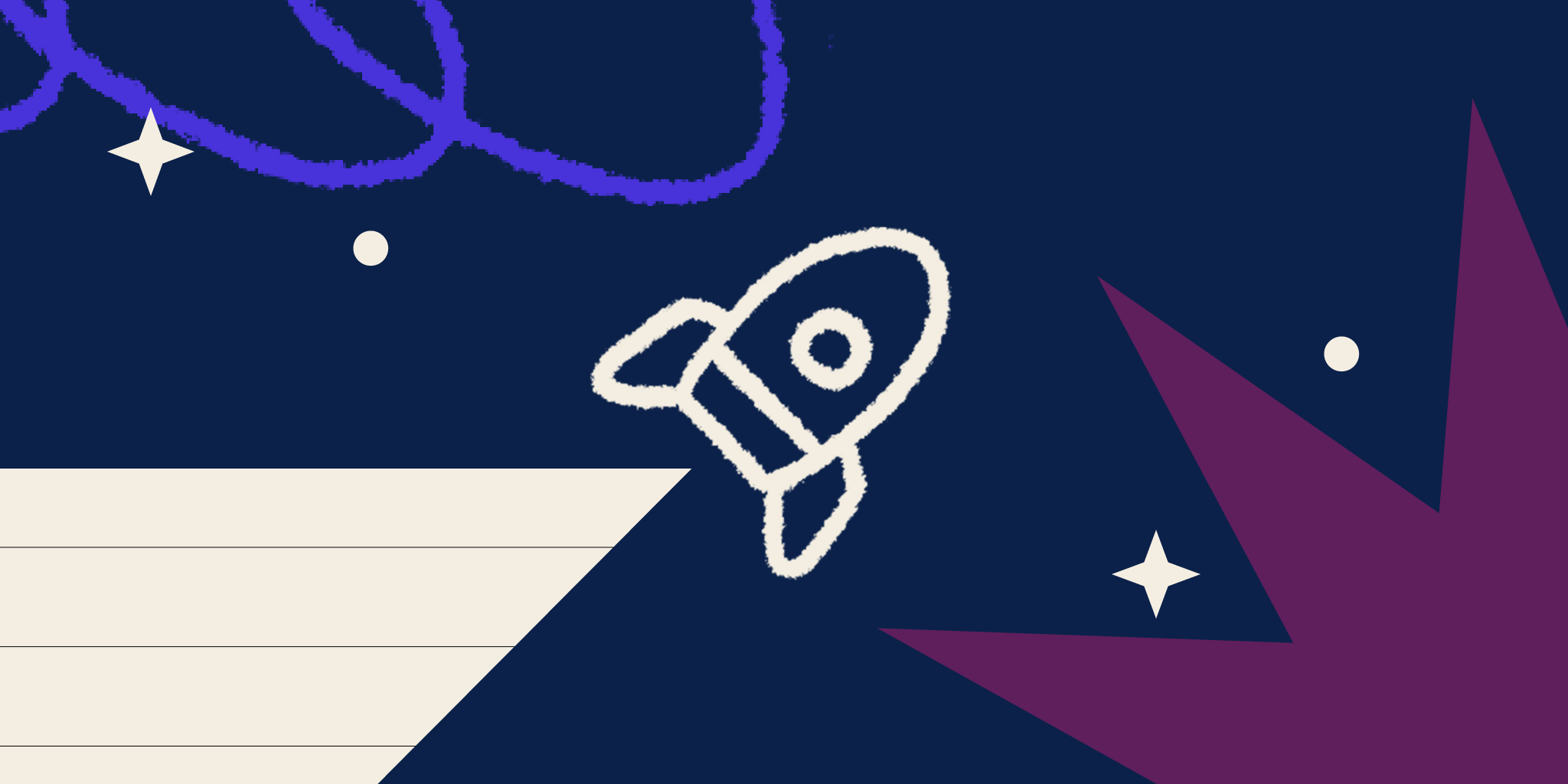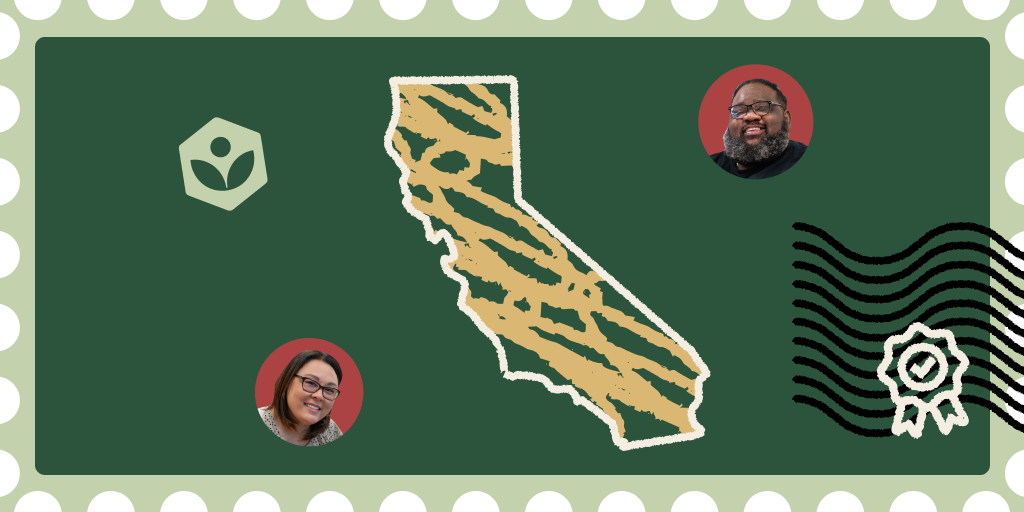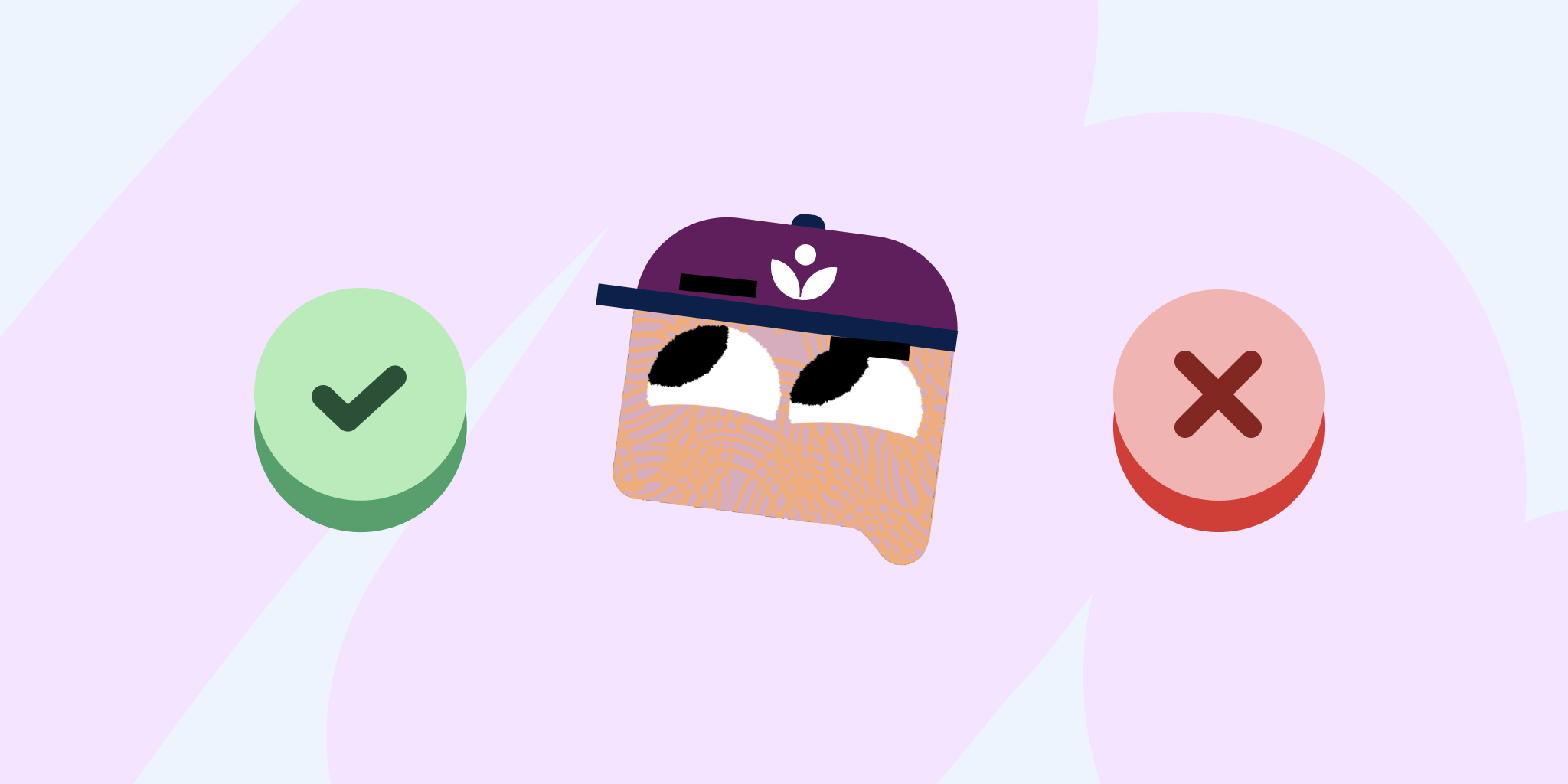I recently gave a talk organized by Intel to computer science and engineering professors at some of the top universities in the country (including my own alma mater). I was asked by one of the professors how I would use something like Khan Academy in the context of an engineering education. I told him that I’d make projects the primary mode of learning (as opposed to something that just complements lectures and exercises). Khan-like lectures and problem sets would then be used as on-demand tools to facilitate the projects and free class and professor time from lecturing about core concepts. Not only would it provide for deeper, more motivated learning, but a portfolio of meaningful projects is vastly more interesting for a prospective employer than a GPA on a transcript (we know because Khan Academy’s own hiring process cares a lot more about what someone has creatively produced than their GPA). I also added that this is how I think ALL education should be, not just engineering and not just higher education (projects can be anything from composing music to writing software).
I explicitly remember working on a project my fourth year in college trying to relearn a good chunk of signal processing that I had first been exposed to in a class two years prior. I wished that I had those lectures on-demand in granular chunks so that I could fill in my gaps. I wished that I could have feedback on some exercises to make sure that I had the basics down solid enough to not do something disastrous in the image processing library I was writing. I wished that I had the ability to interact with the professor that I knew two years prior only as a lecturer and that only knew me as a face in crowd. Given this, wouldn’t it have been 10 times better if my focus during that signal processing class 2 years ago was this project? Wouldn’t it have been even better if I had lectures and exercises on-demand when I was ready for them. Wouldn’t it have been great if the professor’s time (and my peers’ time) were liberated to advise and mentor me in my project instead of lecture? Wouldn’t a solid piece of image processing software be a more impressive product of a signal processing class than an “A-”? Wouldn’t a portfolio of substantive and deep projects be more meaningful than a traditional transcript?
There is a reality that we live in a world of tests that, for better or for worse, society uses to measure the competence of students and sometimes teachers and schools. These are used to filter people in and out of schools and careers and can dictate the direction of a student’s future. Some of these do have some merit, but, because there are such high stakes involved, preparation for the skills deemed necessary for these exams crowd out creative activity during scarce class time. To completely ignore this testing reality does a disservice to students, but to cater 100% to it would be equally damaging. We think the Khan Academy offers a third way. Namely, it can be used to allow the core skills develop at a student’s pace and only during a fraction of class time. This liberates the rest of class time for peer tutoring, higher level interactions between teachers and students, and truly creative projects.
I want to be clear how deeply rooted this is in our core philosophy. I’ve co-run two summer camps where the students did exactly this–they spent 80-90% of their time building robots, experimenting with truly novel questions, and mentoring each other. This was done in 2009 and 2010 before Khan Academy got its first funding and before I thought that this could be the focus of my life (I used the bulk of my vacation time from my day job at the time to run those camps). The Khan Academy videos and software at the time (they were very primitive then) freed me from lecturing or administering problem sets and allowed me to dive deep into the students’ projects (including their misconceptions on the core material). this is what the camps looked like:
Some of the other projects we did included:
- Having the students estimate the value of coins in a a large jar given any tool at their disposal (including sample coins, scales, rulers, spreadsheets). We then took pictures and posted them on Mechanical Turk to see if the “crowd” estimate was better (we payed 0.01 per guess) even though their information was not as good. This led to a fascinating discussion of information and noise and when crowd estimates could be better than experts.
- Six students played a variation of Risk called “Paranoia” Risk where every player had the secret mission to eliminate one other player from the board (you only knew who you had to eliminate; you had to try to figure out who was charged with eliminating you). Once a player is eliminated, the winner is declared and the game is over. All of the other non-playing students were each given $500 in monopoly money and a colored strip of paper representing each of the players on the board. At the end of the game, a colored strip is worth 100 if that player won and 0 if they lost. The students then traded slips as the game progressed. Several students independently developed spreadsheet models based on the probabilities involved in the game. Led to a deep discussion around information in markets and when bubble behavior develops (for example, several securities irrationally traded above 100) .
- We played a variation of freeze tag where we changed the size of the playing field and the number of “freezers”. Students predicted and observed how the dynamics of the game changed as more freezers were added and the threshold needed to freeze everyone. They were quick to draw analogies to other areas of science.
From the energy, competence and creativity that I saw naturally coming from these students, it convinced me that this is how all school time should be.
Perhaps the two most difficult aspects of fully transitioning to a project and exploration based model is the fixation on high-stakes tests and the energy and coordination needed for truly deep explorations (not cook-book pretend science/engineering). We think the current incarnation of the Khan Academy can help the former (we are already seeing a dramatic transition to project-based learning in every Khan Academy formal pilot), but we are just in the top of the first inning (we got our office space 9 months ago). Over time, we will include deeper simulations, modules and tools for deeper explorations. We will also try to integrate suggestions for deep projects based on proficiency in core skills. We are even considering starting a physical school here in Silicon Valley that would be a testing ground for the cutting edge in student exploration and creative activity. Here is a direct quote from an email I sent to a potential supporter about how we envision this school:
“I’d have students focused on building, creating and exploring real-world projects– from composing original music to building robots, writing mobile applications or running truly novel experiments. The Khan Academy software and videos would facilitate this by allowing many of the core skills to be developed independently and it would be a resource when the students hits a need to develop a core skill because of their projects (I now *need* to learn trigonometry and matrices to figure out how this graphical object in my mobile app will look when it is rotated). As we fine tune the projects and explorations that work in this setting, we will attempt to integrate them more deeply into the core Khan Academy platform so students and teachers around the world have the infrastructure and tools to fully explore their creativity.”




